Playing around with the DeskHog
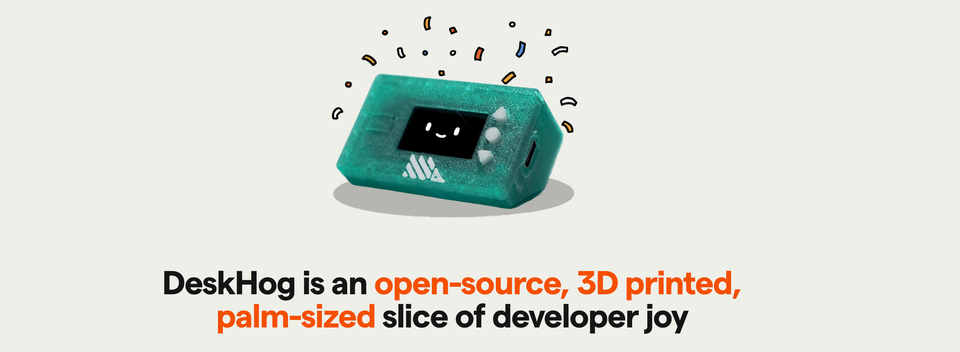
A while ago, PostHog — the company behind a fantastic product analytics tool (and so much more) — ran a hackathon and came up with something unexpected: a hardware product called DeskHog. Because, as they say:
People who are really serious about software should make their own hardware.
- Alan Kay
DeskHog is a tiny computer terminal that sits on your desk. It can show you information cards and even play games like Flappy Bird and Pong. It runs on an ESP32-S3 — a dual-core microcontroller — and features an LCD screen about the size of a postage stamp, along with four physical buttons.
You can either buy one pre-assembled or go the DIY route: print the case (if you, like me, have too many 3D printers), order the microcontroller from a shop, and follow the instructions.
Printing
The printing process is pretty straightforward. Although PETG is recommended, I found it printed just fine in PLA. When I tried PETG, the reset tab broke off easily, likely due to moisture in my old PETG stock.
In the pictures below, the print quality of the logo looks rather bad, but it's really just so tiny that these are almost macro photos 😀 I need to tweak my flow ratio of the white a bit to get a perfect result.
Flashing the firmware
I won't go into too much detail on how to flash the firmware, since it's fairly straightforward. You need:
- Visual Studio Code (since MS made it impossible to use the C++ extension on forks, you won't be able to install PlatformIO on Cursor very easily).
- PlatformIO IDE extension
After that, you should clone the project from GitHub, open it up and in the PlatformIO sidebar pick "Erase Flash & Upload". On subsequent builds "Upload" will do.
Running it
After booting, DeskHog shows a QR code. Scan it to join a local WiFi network, which lets you connect the device to your actual WiFi.

Once connected, you can then access the configuration UI in your browser. I love how this has the familiar PostHog UI.
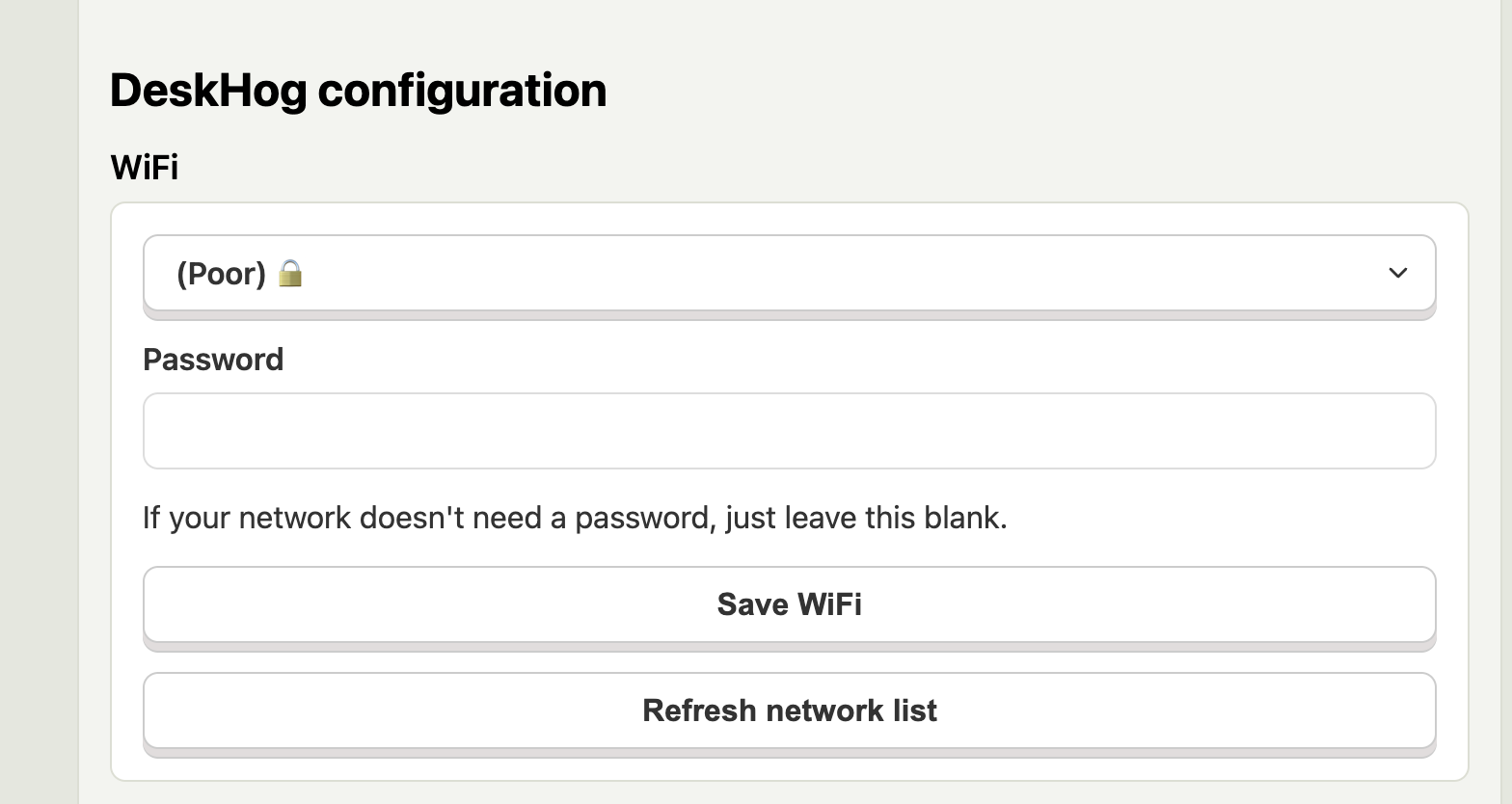
So, what can it do?
Critics would say: not too much.
Optimists (like me) say: a world of possibilities.
Out of the box, it can display a motivational hedgehog and show PostHog insights. But it’s clear that this is just the beginning.
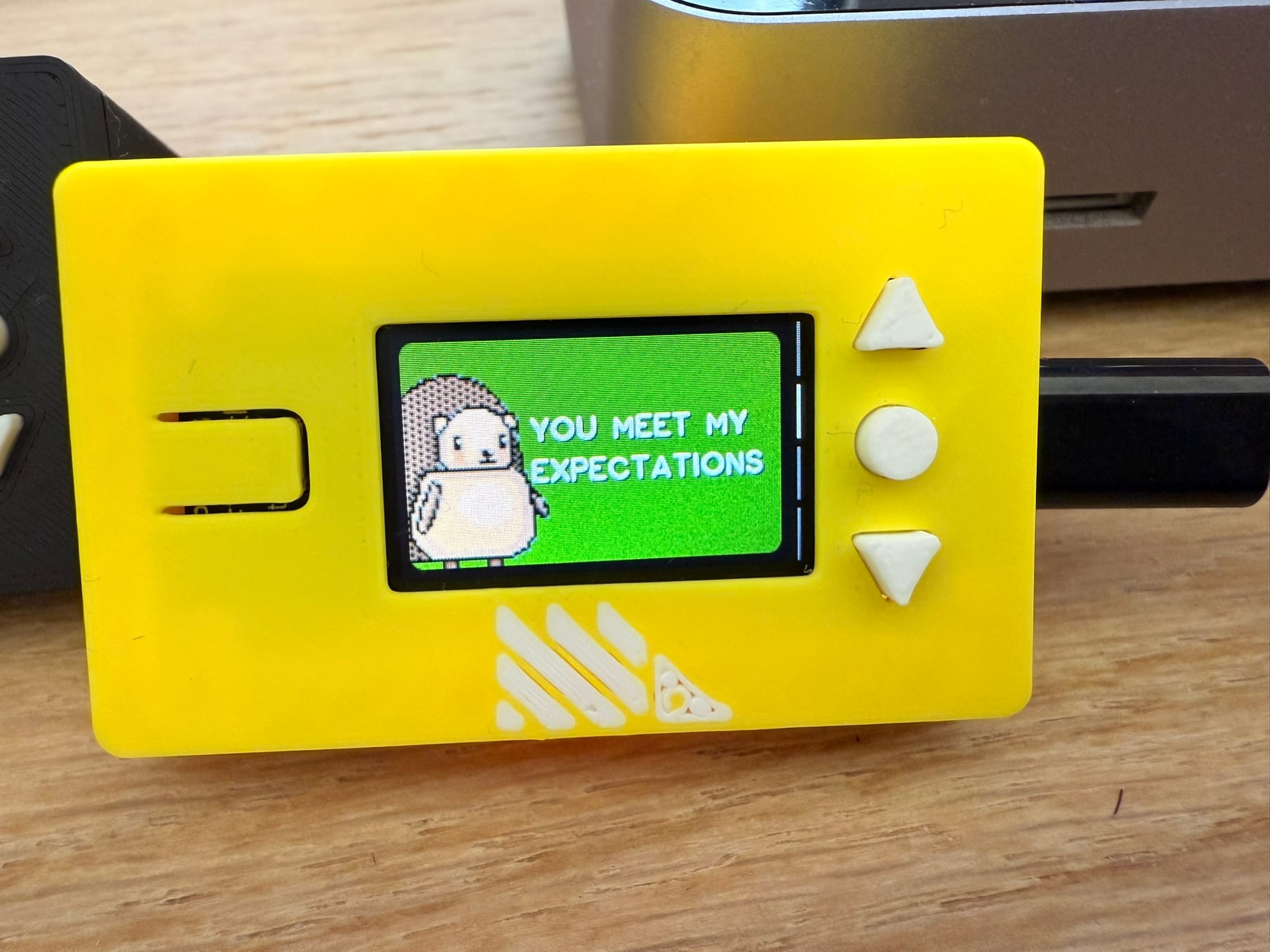
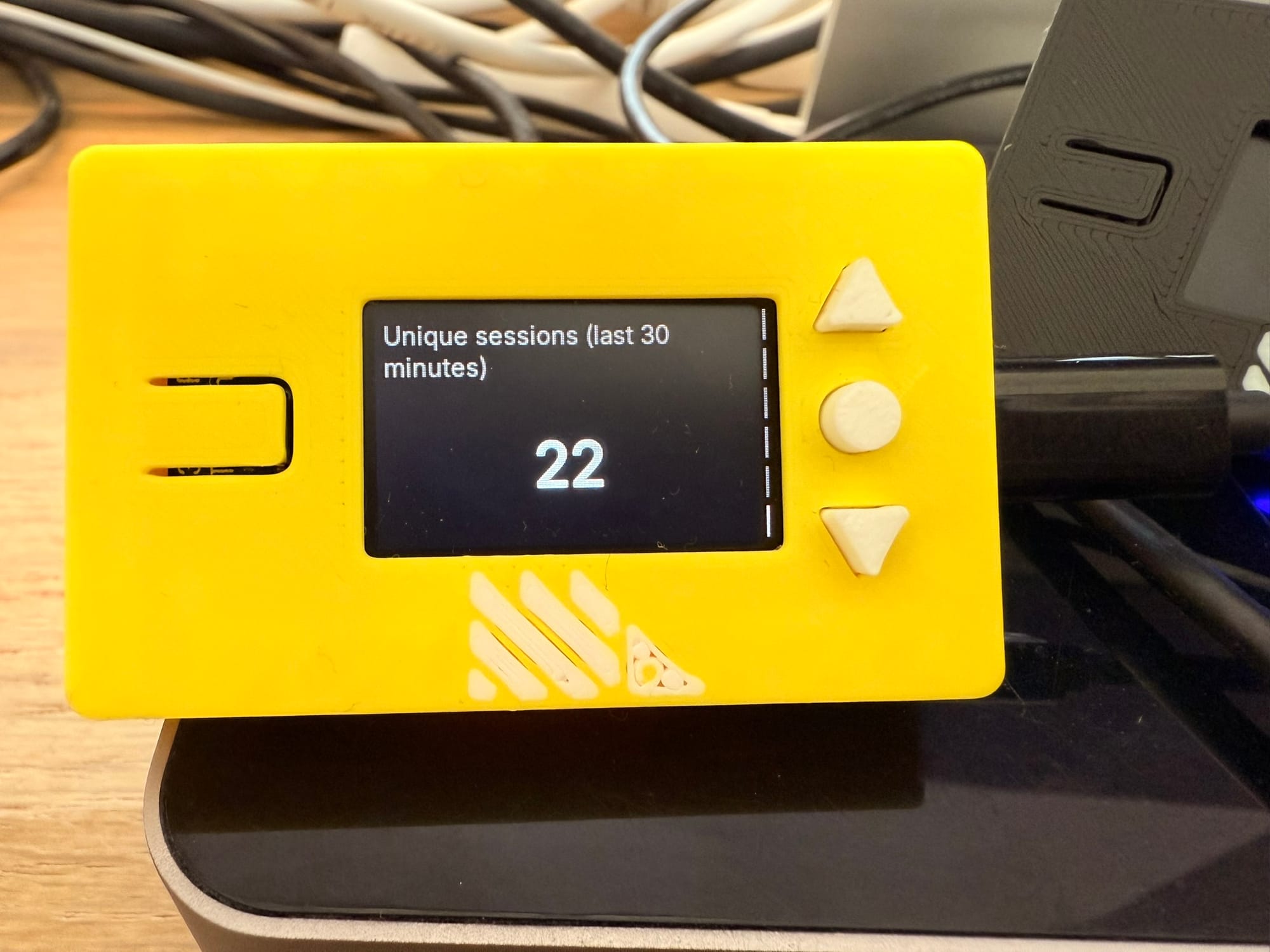
There are PRs with extra upcoming features — Pomodoro timers, games, and more. The card system and card registration are actively being improved, too.
I really wanted a HomeAssistant card to glance at the unbearable temperatures in my office. It took me about half an hour to vibe code a first working attempt.
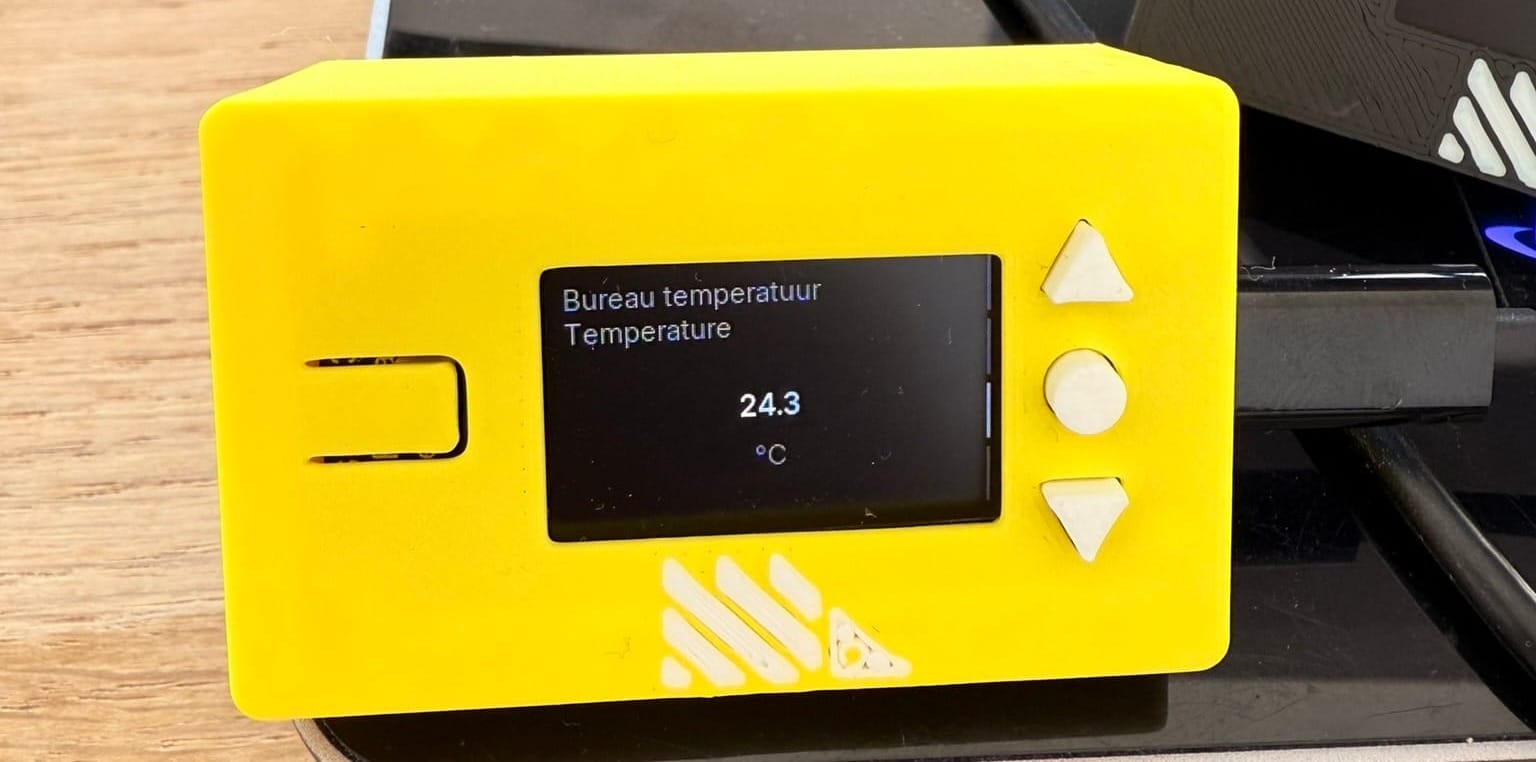
Even though this is probably the quirkiest hardware ever to be released by a product analytics company, I'm very impressed with the thinking behind it and the overall project architecture. The way I was able to add a new card type in almost no time makes this an impressive little device that's extremely fun to play around with.
Member discussion